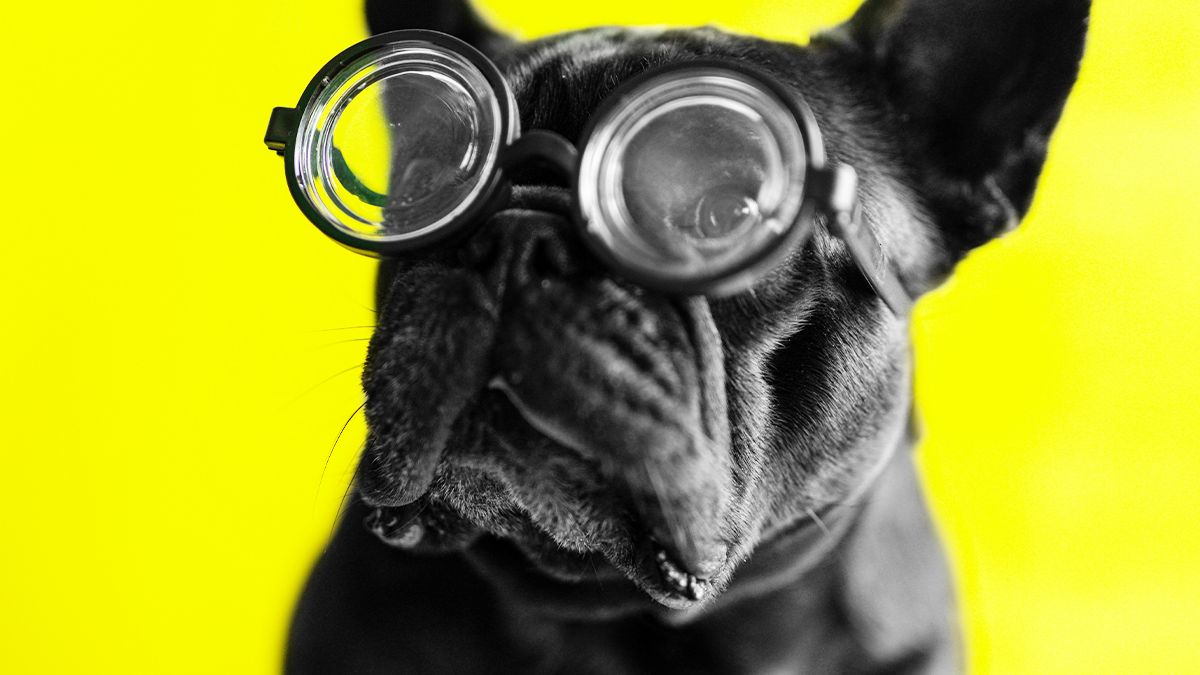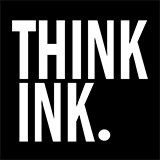Inside the New Dynamics of Customer Loyalty
Oct 18, 2024 / By Anca Dunavete
Customer loyalty is a battleground—one where today’s winners are not just scoring points but building entire ecosystems designed to keep customers hooked for life. As customer preferences change and technology continues its evolutionary march, companies must keep pace, adapt their strategies and find new ways to retain their most valuable asset: their clientele. But how exactly is customer loyalty changing?
Four areas stand out: loyalty currencies, loyalty program design, partnerships and brand loyalty. If your company still relies on the same strategies from five years ago, it’s wake-up time. These emerging customer loyalty trends are rewriting the rulebook—and fast.
Loyalty Currencies: Points, Cash and Everything in Between
While points have long been the mainstay of loyalty programs, the emergence of cashback alternatives is forcing companies to rethink way they deliver value. Today’s customers increasingly question the value of collecting points versus receiving cash rewards directly, preferring more immediate benefits and flexibility in their rewards programs.
However, not all customers view cash in the same way, according to an HBR study of consumer spending behaviors. ‘Money Advocates’ prefer cash because spending points feel more mentally taxing for them; ‘Currency Impartialists’ see points and cash as interchangeable currencies; ‘Point Gamers’ hunt for the best ways to redeem points; and ‘Point Lovers’ value points more than cash, even if its purchasing power is the same. These behavioral nuances highlight the complexity brands face in appealing to different segments of their customer base.
Programs such as the Norwegian-Spenn partnership exemplify how companies are adapting to these preferences. The initiative allows for point-to-cash conversions, appealing primarily to Money Advocates who prefer loyalty currencies to go beyond the traditional framework (i.e., earning miles for flights) and become more versatile assets that offer tangible everyday value.
Similarly, the integration of AirAsia Rewards into AirAsia’s Super App caters to Point Gamers and Point Lovers, as points can be used in various spending categories—from travel to groceries. This approach enhances the user experience by enabling the seamless earning and spending of points in a unified ecosystem, ultimately leading to greater member engagement and loyalty for customers who prefer experiences over cash.
But is this growth sustainable? Absolutely—if brands continue to adapt. The key lies in personalization and a robust loyalty technology infrastructure. Loyalty innovators like Comarch and Kobie have designed many well-known programs that incorporate these flexible reward systems, ensuring that points' earning, converting and redemption run smoothly and maintain customer satisfaction and program profitability.
Ultimately, the strength of a loyalty currency lies not just in the points or cash but in the customization and personalization that turn these currencies into meaningful everyday assets. Norwegian-Spenn and AirAsia are just two examples of how companies can create tailored experiences for their customers. The promising outlook is that loyalty programs that intelligently cater to the unique behaviors of these customer groups—while leveraging scalable technology to manage their complex reward systems—will continue to thrive.
Loyalty Program Design: If It Ain’t Broke... Fix It Anyway
Loyalty programs have come a long way since the days of simply collecting points for future discounts. Today, the leading programs use data, technology and loyalty partnerships to go beyond transaction-based points and create a more immersive, personalized and dynamic experience for customers.
Marriott Bonvoy, for example, has evolved from a traditional points-earning model to one that fosters emotional connections through partnerships with brands like MGM Resorts, Starbucks and Uber. This approach allows members to earn and redeem points in different areas of their daily lives, which increases immediate gratification and encourages long-term engagement (especially for those who believe it takes too long to build up a points balance to redeem for stays).
AirAsia’s Super App—which integrates rewards across multiple categories—is another prime example of innovative design that transforms loyalty programs into platforms that drive emotional loyalty by embedding rewards into everyday routines.
Overall, we see the landscape of loyalty programs evolving from simple transactional models to more engaging, integrated experiences that align with customers' everyday lives. Despite these advances, many loyalty programs have stagnated due to a lack of adaptation, changing customer expectations (and failure to meet those), too rigid design, or a deadly combination of these elements.
To counteract this stagnation, brands must innovate and incorporate elements such as gamification, dynamic rewards and ecosystem partnerships. This shift in thinking will make loyalty a dynamic strategy that needs to be constantly nurtured rather than a static tool.
Loyalty Partnerships: Strength in Numbers (and Data)
As loyalty programs mature, partnerships between brands are also becoming more critical—not just nice—to—haves. Integrating loyalty programs into the everyday shopping experience reflects the shift towards interconnected ecosystems that resonate with modern customers.
By working with other brands, Marriott has evolved from purely transactional relationships to emotionally driven, experience-rich loyalty offerings that appeal to the modern customer. But it's not just Marriott; companies across all industries are increasingly turning to partnerships to amplify the impact of their loyalty programs.
What makes these collaborations so powerful is the value they offer customers through integrated ecosystems. More and more brands are realizing that their customers don't live in silos, and neither should their loyalty programs.
The Burger King and Walmart partnership illustrates that loyalty programs are now being built across industries so that customers can earn rewards in one category and redeem them in another. This broadens the appeal and utility of loyalty points while providing companies richer data about their customers’ behavior and preferences, ultimately leading to more personalized marketing strategies.
Ulta Beauty-Target is another example of how integrating loyalty programs can significantly increase both brands' customer loyalty and foot traffic. By incorporating the Ulta loyalty program into the Target retail experience, the collaboration creates a seamless shopping journey that boosts customer loyalty and enriches the overall customer experience—a win-win!
Companies like Eagle Eye, Capillary Technologies and Punchh provide the necessary infrastructure to manage these complex ecosystems. They are the engine that enables brands to track their customers' interactions and ensure that rewards are seamlessly integrated across multiple touchpoints.
Brand Engagement: It’s Personal, Very Personal
Personalization is no longer a perk—it’s the price of entry. With markets oversaturated and attention spans dwindling, brands that stand out aren’t just offering rewards; they’re offering relevance. Personalization is becoming the differentiator that separates the brands that win loyalty from those that lose it.
Today’s customers expect brands to know, understand, and anticipate their preferences and needs. They expect personalized offers, tailored experiences and rewards. Top-performing brands that understand this and use data to create such hyper-relevant experiences secure the most valuable currency in the market: customer loyalty.
Recent studies show that nearly 70% of customers are willing to spend more with brands they’re loyal to, reinforcing that personalization isn’t just effective but essential. And this trend isn’t limited to the U.S.; the demand for tailored experiences is universal.
To successfully (and sustainably) pull this off, brands need the right tech stack. Platforms like Salesforce and Oracle offer the tools to track customer sentiment, preferences and behavior in real time. Companies like Eagle Eye help brands connect customer data across channels, tailor offers and promotions, and leverage AI to create gamified loyalty experiences and true one-to-one personalization at scale. With these insights, brands can optimize their loyalty strategies, ensuring that engagement stays personal engagement stays personal and not robotic.
When done right, personalization creates not just a transaction but an emotional connection that turns casual customers into brand advocates. But it’s not easy. Brands need to dive deep into customer data, stay flexible and go beyond traditional tactics to create experiences that resonate on a personal level.
The Loyalty Revolution: Adapting to Thrive
The future of customer loyalty hinges on flexible currencies, innovative program design, strategic partnerships and emotional brand loyalty. Companies that cling to outdated strategies risk falling behind, while those that adapt will shape the next decade.
Success won’t come from flashy programs or big rewards but from a deep understanding of customers and an emotional connection. The smartest brands are already asking themselves:
Are our programs flexible enough?
Are our partnerships strong enough?
And most importantly, are we appealing to our customers emotionally?
If not, it’s time to rethink your strategy. Competitors are coming for your customers.
Sign up for our insights on the convergence of business and PR





